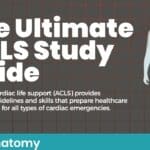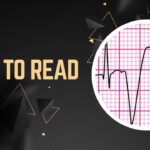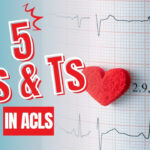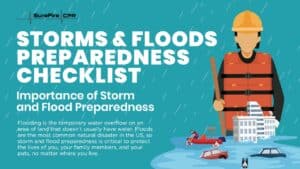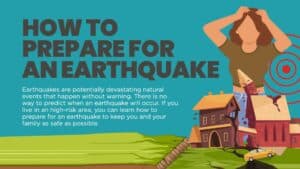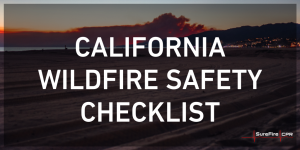Frequently, we hear of the “warning signs” of a heart attack listed as chest pain or tightness, shortness of breath, even pain to the left arm. But have you considered the other signs associated with a possible heart attack?
It is not uncommon for someone suffering from an acute myocardial infarction (aka: heart attack) to misread the not-so-well-known symptoms, such as indigestion (a sense of fullness, nausea or heartburn), back stiffness (achiness to upper back) or just feeling worn out (fatigue, weakness). All of these symptoms could mean nothing more than what is assumed on the surface – but all of these symptoms can also mean a heart attack. So how does one know the difference?
In reality it falls to interpretation of baseline symptoms. In other words, are these new symptoms? Is there a “gut feeling” something is seriously wrong? Were the symptoms associated with exertion, stress or exercise? Did they come on suddenly?
When in doubt – call 9-1-1. ACLS protocols exist to assist the heart attack victim when the unexpected event occurs. NEVER drive yourself to the hospital when you suspect something is wrong. A heart attack and the symptoms associated with it are considered a medical emergency and should be treated as such. Pre-hospital personnel are prepared to intervene immediately and possibly save damage to the heart muscle en route to the hospital where emergency department medical professionals will be waiting to take the care to the next level.
Recognizing the possible symptoms of a heart attack is important knowledge to have, particularly for those at high risk for cardiovascular disease. Be at ease knowing the professionals are prepared to handle your emergency on the other end of the 9-1-1 call. You can help save heart muscle during an emergency by recognizing the symptoms and acting fast to mobilize professional help when needed.


